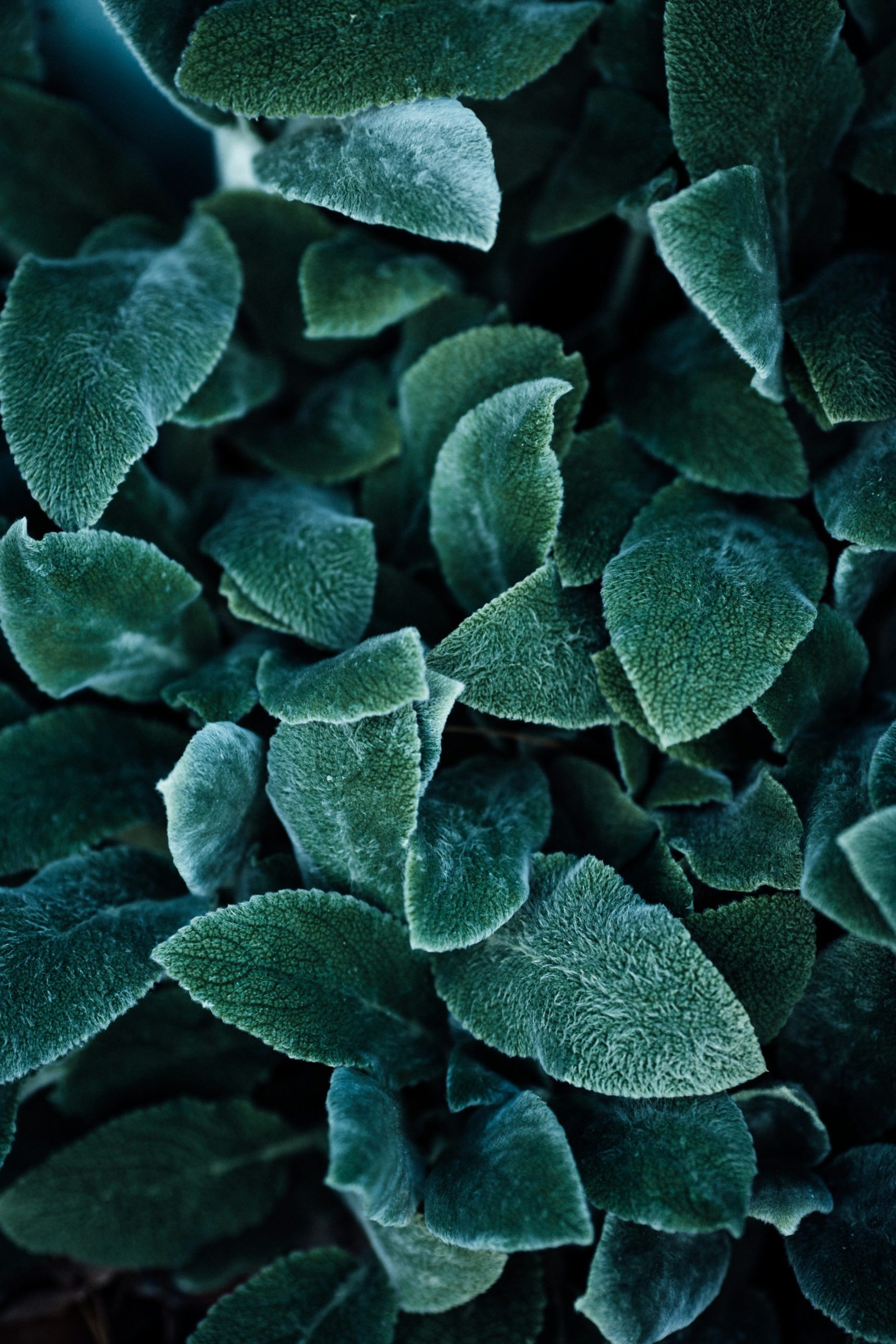Introduction
A hummingbird flitting around the garden is always a special sight. Their presence not only adds a spark of color, life, and vibrancy to our gardens but can significantly contribute to plant pollination. This research paper aims to guide you, the lover of the outdoors and nature, in creating an inviting, vibrant habitat for these precious birds. It is focused on Idaho, providing an understanding of what native flowers attract hummingbirds in this region and the fast-growing plants that hummingbirds like.
Identifying Suitable Flowers to Attract Hummingbirds
Characteristics of Flowers that Attract Hummingbirds
- Color and Shape of Flowers: Generally, hummingbirds are mostly attracted to bright colored flowers, particularly shades of red and orange. The shape of the flower is an equally significant factor. Specifically, tubular-shaped flowers, which hold an ample amount of nectar, are their favorites.
- Nectar Production: Nectar is the primary food for hummingbirds. Hence, flowers with higher and consistent nectar production are more likely to attract these birds.
Fast-Growing Flowers that Attract Hummingbirds in Idaho
Native Plants: Understanding what native flowers attract hummingbirds in Idaho can offer many rewards. Native species are adapted to the local climate, soil, and available water supply. The Lupine, with its multiple colors and towering spikes of pea-like flowers, attracts hummingbirds, while also improving the nitrogen content in the soil. The Bee balm, available in colors varying from bright red to soft pink, white, or even purple, is another fast-growing native species that hummingbirds love. The vibrant and fragrant Sage is a powerful hummingbird attractor too.
Non-native Plants Well-suited for Idaho: The colorful Petunia and the shade-loving Impatiens are among other fast-growing plants that hummingbirds like. These non-native plants grow ideally in Idaho’s climate with proper care and attention.
Long-Term Options for Flowers That Attract Hummingbirds
Slow-growing Native Flowers: The enchanting Columbine, with its intricate petals and spurs, is a slow-growing native worth considering. The Fireweed, a tall, hardy native, sports an attractive shade of pink and welcomes hummingbirds, especially in late summer.
Non-native Options Worth Considering: The Rose of Sharon is a slower growing bush with multiple blossoms that hummers cannot resist. Despite being non-native, it is well-suited to Idaho’s conditions.
Adapting to Idahos Climate
Weather Patterns and Growing Conditions in Idaho
The climate in Idaho varies considerably, with its warm, dry summers, and cold, wet winters. The state is divided into USDA hardiness zones 5 through 7, affecting the choice of plants. Moreover, Idaho has areas of rich volcanic soils, making them fertile grounds for a multitude of plant species.
Regional Planting Guide: Northern Vs Southern Idaho
Best Flower Choices for Northern Idaho: The cool, moist conditions found predominantly in northern Idaho are suitable for certain native flowers. Plants like the Blue lupine, Red Columbine, and Bee Balm thrive in the environmental conditions of northern Idaho.
Best Flower Choices for Southern Idaho: The Treasure Valley in southern Idaho boasts more sunny days annually, providing great growing conditions. In such conditions, sun-loving flowers like the Sage (Salvia) and hardy perennials such as the Golden Currant and Hummingbird Trumpet are excellent options for what plants are best suited for southern Idaho.
Overcoming Potential Challenges
Common Issues in Growing Flowers in Idaho
·Soil-related Challenges: The clay-heavy soil in some parts of southern Idaho can make planting and watering a challenge. Nonetheless, many plants, especially native ones, can adapt to and thrive in these conditions.
·Invasive Plant Species: Non-native plants like the delightful but dominating Fireweed can overrun a garden without proper trimming and control.
·Impacts of Weather Changes on Plant Growth: Changes in weather, including unexpected frost, drought, or winds, can be challenging. Choosing hardy native plants can help overcome some of these challenges.
Expert Opinion and Insights: Speaking with Local Horticulturists
Speaking to local horticulturists may prove helpful as they can provide practical, localized advice for your hummingbird garden.
Resources for Starting Your Own Idaho Hummingbird Garden
Local Nurseries and Online Suppliers for Flower Seeds
Pros and Cons of Each Option: Local nurseries offer the advantage of readily available plants and expert advice. In contrast, online stores can provide a broader variety of species but may be less able to offer location-specific advice.
Apps and Online Resources for Identifying Wildflowers and Gardening Tips
Web resources, apps, and local gardening books can also be a handy guide to begin your hummingbird garden activity in Idaho.
Advice from Local Gardening Groups and Wildlife Enthusiasts
Joining local garden clubs or online communities of wildlife enthusiasts can provide a wealth of shared knowledge and experiences to help you in your hummingbird garden project.
Conclusion
A hummingbird garden can be a rewarding addition to your outdoor living space. By planting an array of native and non-native species, which help provide a constant food source throughout various seasons, you can create a haven for hummingbirds. Building such a garden in Idaho involves understanding the local climate and choosing suitable fast-growing and slow-growing plants. With the right information and resources, you can start creating your hummingbird garden right away, enjoying the magical flutter of these tiny winged jewels in your yard.

